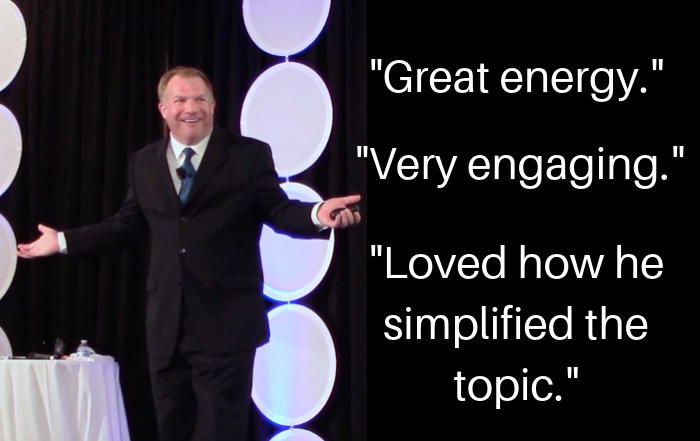 A new workplace stress survey should motivate leaders to talk more to their employees. The study, HR Blindspot Report 2018, comes from HR.com, Ipsos, and League Inc. It was designed to find out what are the top stress points for both employees and Human Resources professionals.
A new workplace stress survey should motivate leaders to talk more to their employees. The study, HR Blindspot Report 2018, comes from HR.com, Ipsos, and League Inc. It was designed to find out what are the top stress points for both employees and Human Resources professionals.
Nearly 900 people were surveyed. Both the HR group and the employees had the same top responses:
- Lack of communication
- Workload is overwhelming
I believe these stress producing challenges are interrelated and should not come as a surprise in today’s pressure packed, busy workplace.
The Challenge Causing Workplace Stress
Being busy leads to less communication and less communication leads to more work.
Understand that work does not always equals productivity. You may spend much of your day on busywork, low importance tasks that take up a lot of your time. Ideally, you want to maximize the time you spend on your big picture goals.
When people are flooded with tasks, communication tends to get pushed back to another time or abandoned. After all, when your day feels like triage, it’s hard to step back and consider the big picture.
Action from the Workplace Stress Survey
Leaders and employees need to commit to regular and honest communication sessions. These discussions can focus on:
- What’s taking up much of the employee’s time?
- Does the employee have ideas for improving effectiveness and efficiency?
- What important task would get done or get done better if there was more available time and resources?
From these talks, the leader should be able to make decisions that can improve productivity or at least recognize and acknowledge challenging situations.
It’s Important to Talk About Communication
Leaders and employees should also be aware the workplace stress survey also found concerns about work life balance and after hours responsiveness to work email and messages.
In many organizations, there is not formal communication policy. Employees, when hired, don’t know the expectations for after hours availability and policies can vary from one department to another.
There needs to be a discussion about these things. For some, sending a message from their phone, is second nature and can happen at anytime and anywhere. Others may want work messages to stay within a work boundary.
As we’ve discussed before, it’s smart to define what is urgent and what is not, for after hours communication. And leaders may want to change the way employees update them on their daily activities, in order to reduce the number of messages they receive.
Final Thought
While these conversations won’t fix every stress producing issue in the workplace, they can give people a much-needed sense of control.






